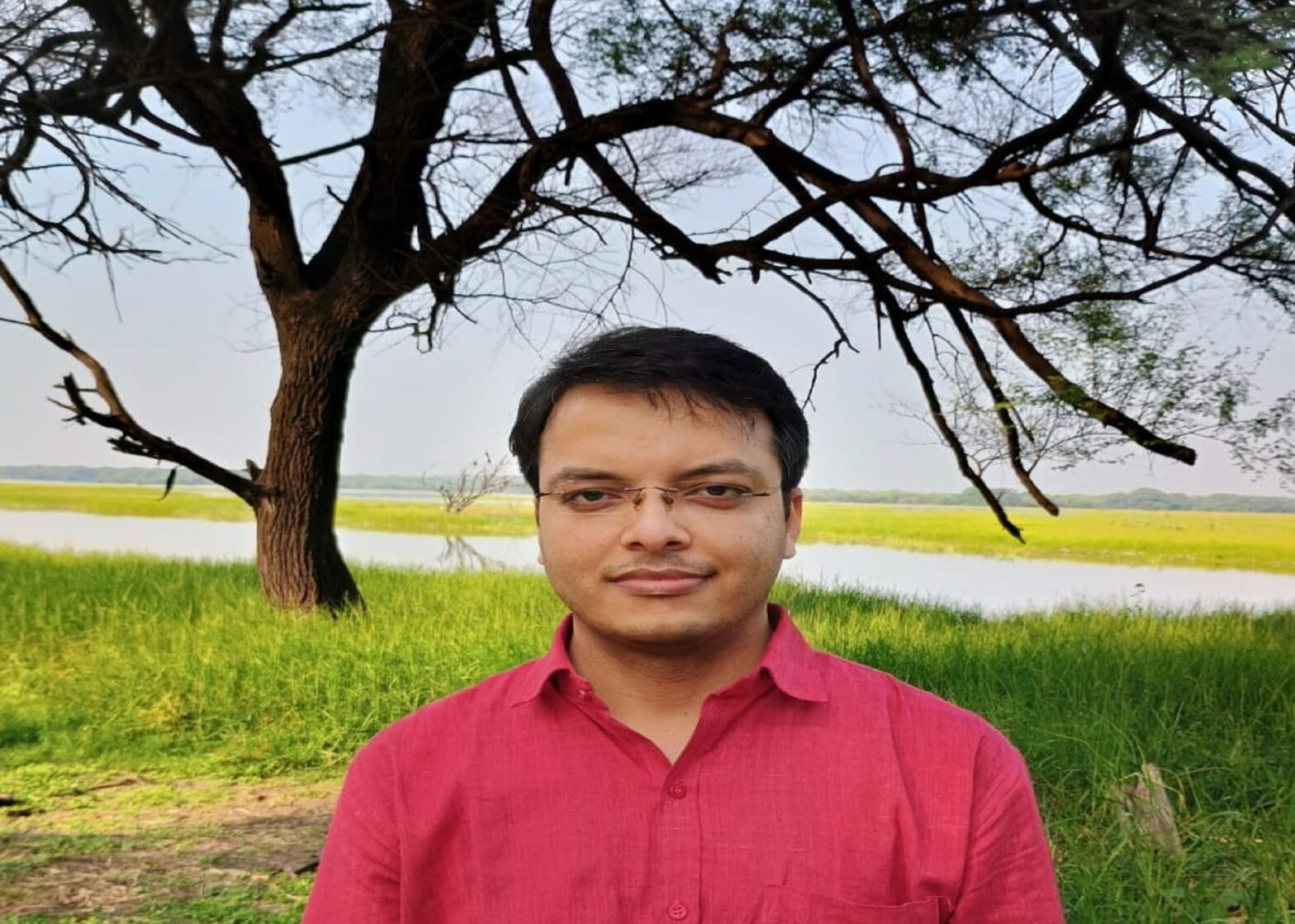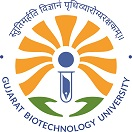
Dr. Kamal Mandal
- Postdoctoral Research, University of California, San Francisco, USA
- PhD, National Institute of Immunology (NII), New Delhi, India
About
I am a passionate biotechnologist extensively trained in high-end technologies such as proteomics, genome editing and immunoengineering. Using my expertise of advanced proteomics, computational biology and transgenesis, I studied male infertility of animals addressing idiopathic infertility caused due to inability of Sertoli cells (Sc) to attain functional maturation. Notably, I identified YY1 and ROR alpha as lead transcription factors associated with Sc maturation, followed by in vivo validation using in-house generated transgenic knockdown rat models.
Leveraging my expertise of advanced proteomics technologies such as cross-linking mass spectrometry and cell surface proteomics, I developed a novel proteomics technology platform called “structural surfaceomics”, to enable identification of protein conformation-specific cell surface antigens. I successfully implemented this technology for the development of a novel CAR-T therapy against Acute Myeloid Leukemia (AML) and demonstrated its efficacy in NSG mice model. I also gained extensive expertise with generation of Humanized Immune System (HIS) mice model where we reconstitute the human immune system in mice for better toxicity evaluation of novel therapeutics. I have also extensively worked on CRISPR-Cas9 technology for genome editing.
Background
Professional Experience:
Principal Scientist (2023 – 2024), Cell and Gene Therapy, Intas Pharmaceuticals Ltd., Ahmedabad, India
Postdoctoral Research (2018 – 2023), Dept. of Laboratory Medicine, University of California, San Francisco, USA
Education:
PhD (2012 – 2018) National Institute of Immunology (NII), New Delhi, India
M.Tech (2010 – 2012) Biotechnology, National Institute of Technology, Durgapur, India
B.Tech (2006 – 2010) Biotechnology, West Bengal University of Technology, Kolkata, India
Honours and Awards
- Michelson Prize – 2019 (Michelson Medical Research Foundation)
- Abstract Achievement Award – 2022 (American Society of Hematology)
- Selected as a speaker at Quantitative Biosciences Consortium (QBC) – 2022, San Francisco, USA
Research Group Overview
Research Group Overview
My research group would be interested in the following areas:
- Nanobody/Antibody engineering: Antibody development and its applications is experiencing the era of renaissance. This is mainly because of the decline in cost of DNA synthesis, allowing rapid development of high-quality synthetic antibodies in vitro with library-based approach, without using animals. The camelid derived single domain antibodies, also called nanobodies, offers a unique opportunity for therapeutics and diagnostics applications owing to its simpler design with only heavy chains (VHH). We are interested to build a nanobody library in yeast display format, in our pursuit to enable rapid development of therapeutic nanobodies against zoonotic diseases.
- Advanced proteomics platform development: Mass spectrometry (MS) based proteomics technologies have emerged as a powerful tool to probe biology at a much deeper and broader scale. We are interested in proteomics technology development focused on but not limited to cross-linking mass spectrometry and various enrichment proteomics such as cell surface capture. We are also interested in applications of a wide range of proteomics workflows such as targeted proteomics (SRM/PRM), label free quantification, TMT based quantification, DIA-MS etc. We would also be interested in implementation of our proteomics expertise to study host-pathogen interactions and therapeutic target identifications in the context of animal associated pathogens such as brucella, Japanese encephalitis virus (JEV), Foot-and-mouth disease virus (FMDV) etc.
- Genome editing: We are interested in leveraging our extensive expertise on CRISPR-Cas9 technology for mice genome editing, enabling generation of relevant mice models to study various diseases of animals as well as humans. This would include generation of knockout, knock-in and transgenic mice, including genomic locus specific integration. Gradually, efforts would also be made to implement such technologies for farm animals with the aim to enhance productivity.
Patents
- Antibodies and immunotherapies that target the active conformation of integrin-β2 (US patent)
Publications
1. Mandal K, Wicaksono G, Yu C, Adams JJ, Hoopmann MR, Temple WC, Izgutdina A, Escobar BP, Gorelik M, Ihling CH, Nix MA, Naik A, Xie WH, Hübner J, Rollins LA, Reid SM, Ramos E, Kasap C, Steri V, Serrano JAC, Salangsang F, Phojanakong P, McMillan M, Gavallos V, Leavitt AD, Logan AC, Rooney CM, Eyquem J, Sinz A, Huang BJ, Stieglitz E, Smith CC, Moritz RL, Sidhu SS, Huang L, Wiita AP (2023) Structural surfaceomics reveals an AML-specific conformation of integrin β2 as a CAR T cellular therapy target. Nature Cancer, 4(11):1592-1609
2. Nix MA, Mandal K, Geng H, Paranjape N, Lin YT, Rivera JM, Marcoulis M, White KL, Whitman JD, Bapat SP, Parker KR, Ramirez J, Deucher A, Phojanokong P, Steri V, Fattahi F, Hann BC, Satpathy AT, Manglik A, Stieglitz E, Wiita AP. (2021) Surface Proteomics Reveals CD72 as a Target for In Vitro-Evolved Nanobody-Based CAR-T Cells in KMT2A/MLL1-Rearranged B-ALL. Cancer Discovery, 11(8):2032-2049
3. Ferguson ID, Lin YT, Lam C, Shao H, Tharp KM, Hale M, Kasap C, Mariano MC, Kishishita A, Escobar BP, Mandal K, Steri V, Wang D, Phojanakong P, Tuomivaara ST, Hann B, Driessen C, Ness BV, Gestwicki JE, Wiita AP (2022) Allosteric HSP70 inhibitors perturb mitochondrial proteostasis and overcome proteasome inhibitor resistance in multiple myeloma. Cell Chemical Biology, 29(8): 1288-1302
4. Gupta A, Mandal K, Singh P, Sarkar R, Majumdar SS. (2021) Declining levels of miR-382-3p at puberty trigger the onset of spermatogenesis. Molecular Therapy Nucleic Acids, 16(26):192-207
5. Mandal K, Sarkar RK, Jain A, Majumdar SS. (2018) Sertoli cell specific knockdown of RAR-related orphan receptor (ROR) alpha at puberty reduces sperm count in rats. Gene, 641:18–24
6. Mandal K, Bader SL, Kumar P, Malakar D, Campbell DS, Pradhan BS, Sarkar RK, Wadhwa N, Sensharma S, Jain V, Moritz RL, and Majumdar SS. (2017) An integrated transcriptomics-guided genome-wide promoter analysis and next-generation proteomics approach to mine factor(s) regulating cellular differentiation. DNA Research, 24(2):143– 157

